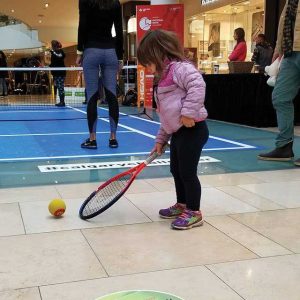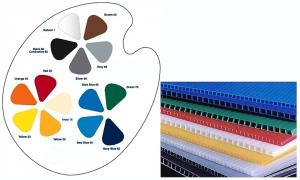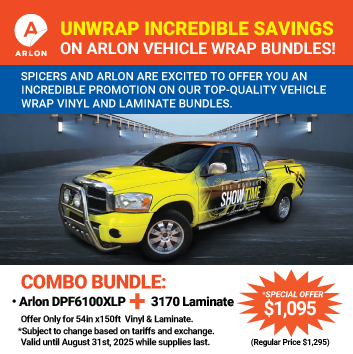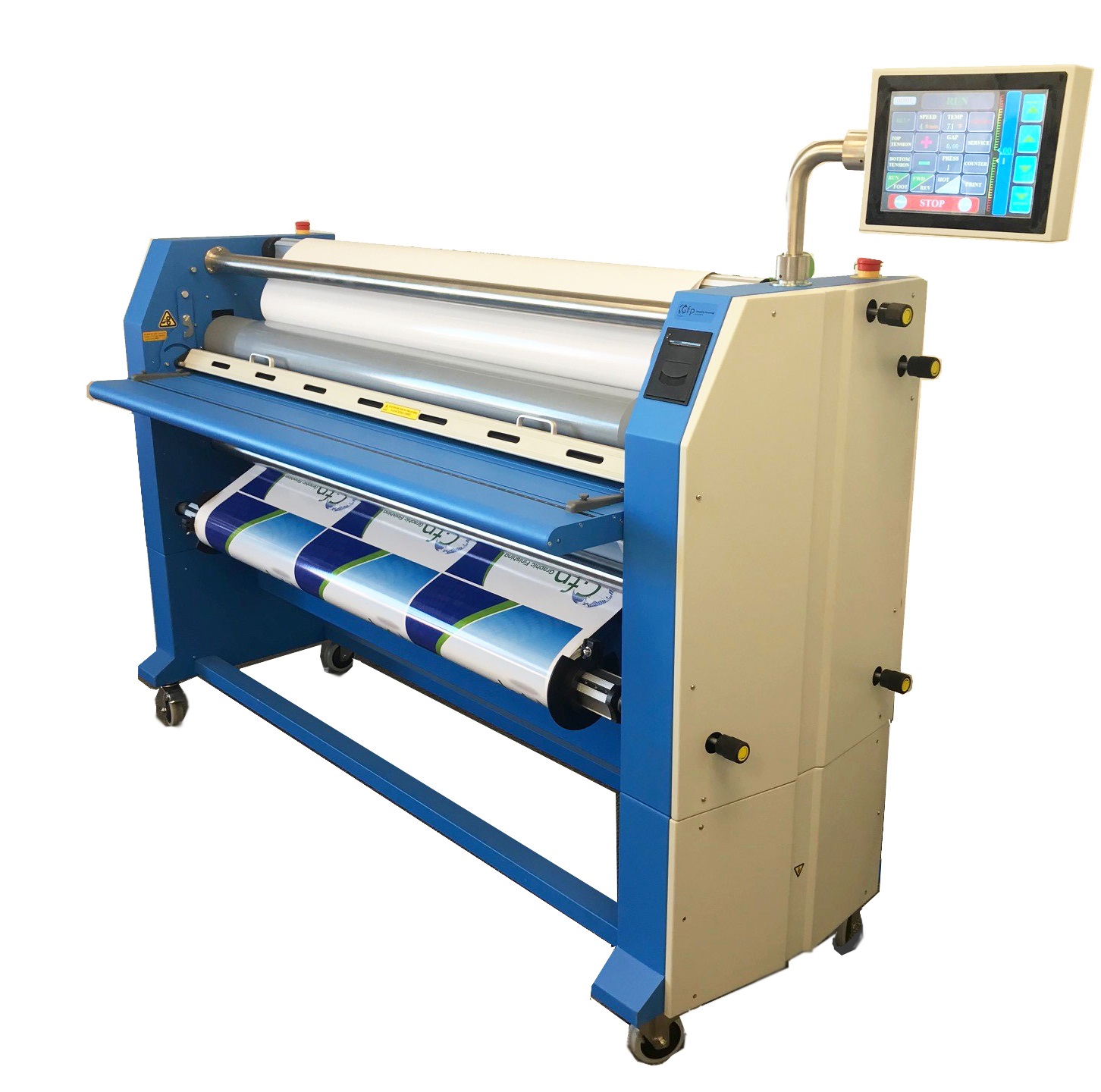Thinking Outside the Box with Eye-catching Floor Graphics
Common to all display graphics, however, is the necessity for fire safety. From shopping malls to hospitals, the media used in floor graphics must have a fire rating that ensures it meets the strict requirements of these busy public spaces. The specialty graphics fire rating should be listed on the products’ technical specifications. Floor graphics media that do meet fire and other safety restrictions are, of course, ideal for marking evacuation routes and procedures; however, these signs must be properly maintained and replaced if they show any sign of damage.

Keeping up appearances
Wear and tear is, obviously, bad for any type of display. The design and colour of floor graphics, which will experience the impact of people walking and tracking debris across the surface, may suffer the worst out of any multi-faceted advertising campaign. For this reason, floor graphics are essentially short-term—or frequently replaced with fresh prints—but must be durable enough to last the required period of time. Installers and suppliers should, therefore, conduct their own research and purchase floor media specified as being compatible not only with their printing technology, but also their client’s needs.
Independent tests should ascertain more exact information on the material and ink’s longevity and durability prior to the installation of the floor graphic. Some materials, inks, and printing technologies—and combinations of these—will endure scuffs, dirt, chemical cleaning, and ultraviolet (UV) light better than others so it is important to know what to expect before installing the floor graphics.
The key point to remember for any business considering floor graphics—including printers, installers, and customers—is that cheaper products do not always save money. In fact, they can create additional costs due to print failures, installation problems, and complications during removal. Extra time wasted on reprints or removing adhesive left behind after the campaign is over incur additional costs that need to be factored into an installer’s product-buying decisions. The product should be specifically designed to be compatible with the floor surface, the expected conditions, the printer and the ink, and the intended longevity and durability.
Further, the product should also be supported by the dealer or manufacturer. If the wrong materials are purchased, a sign installer may kick themselves later for making an incorrect decision of using an inferior product and leaving themselves in a sticky situation.
With almost 10 years of experience with Drytac, Steve Yarbrough currently serves as a product support specialist. With his excellent technical knowledge and thorough understanding of the market, Yarborough provides Drytac’s customers sound advice on both products and applications. His background in art and graphic design also allows him to offer insight into the graphic and print industry. He can be reached via e-mail at steveyarbrough@drytac.com.






